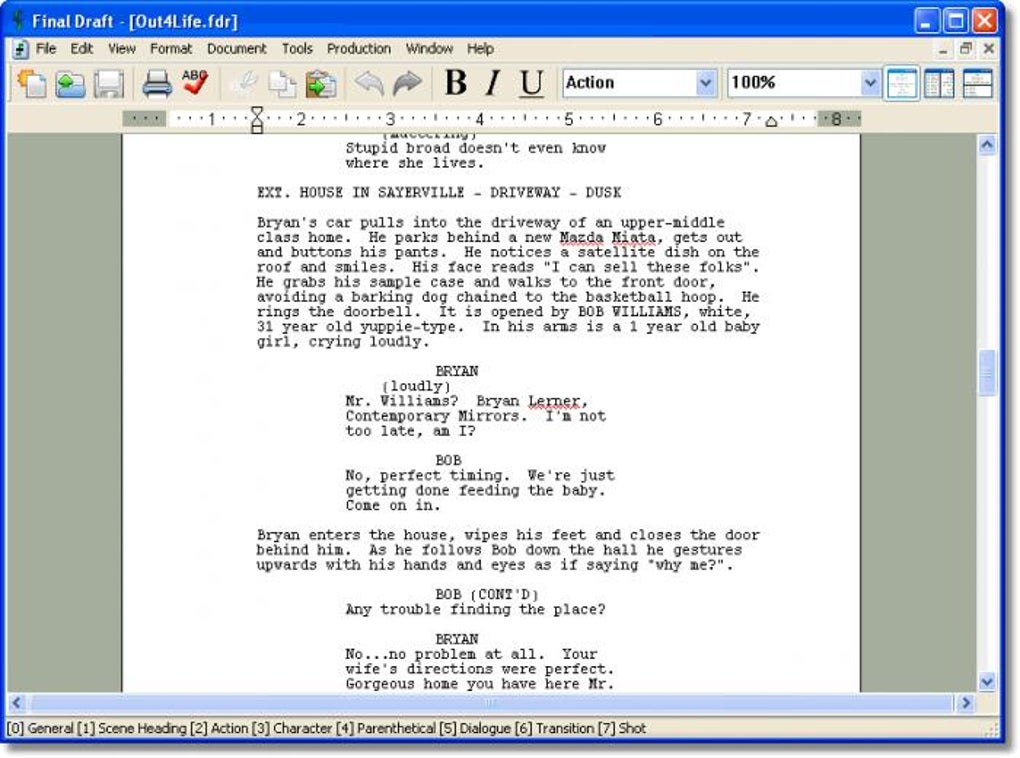
- FINAL DRAFT TAGGER TUTORIALS HOW TO
- FINAL DRAFT TAGGER TUTORIALS UPDATE
- FINAL DRAFT TAGGER TUTORIALS SOFTWARE

You can browse and select available sources in the dropdown under Sources of Tagged Workbook. Check Swap sources of the tagged version to select a different source (connection, database, schema) for this tagged workbook.If this option is selected, the user can choose Save As option. Check Allow saving as a new workbook if you want to grant Can View permission to all sources used, if the user has permissions for the workbook.Click on the caret next to the workbook name.You must have Edit permissions to tag a workbook. These values should correspond to how you intend to use the tag.

FINAL DRAFT TAGGER TUTORIALS UPDATE
Once you complete your developmental changes, you can easily update the Production version of the workbook. One of the benefits of this solution is your org can modify a Development workbook without affecting the experience of your customers who use the Production version. Once reviewed, you can migrate this copy to Production for your users.

These versions can be used by different stakeholders in your org for review purposes. Moreover, you can tag additional versions of the same workbook such as Development or Staging. The process of tagging a workbook creates a duplicate that can be shared with other stakeholders and users.įor example, you can create a Production tag and assign it to a workbook that's used by embed users, guests, or other Sigma end users. When you create a tag and assign it to a workbook, you essentially freeze the state of that workbook. This allows you to control which workbook versions are viewable by your users. For example, orgs can have a development, staging, and production version of a workbook and migrate changes as needed.
FINAL DRAFT TAGGER TUTORIALS SOFTWARE
Version tagging allows you to employ a software development cycle to control workbook versions using tags.
FINAL DRAFT TAGGER TUTORIALS HOW TO
This document explains how to create and use tags to control workbook versions.


 0 kommentar(er)
0 kommentar(er)
